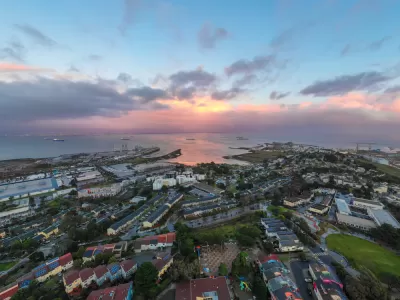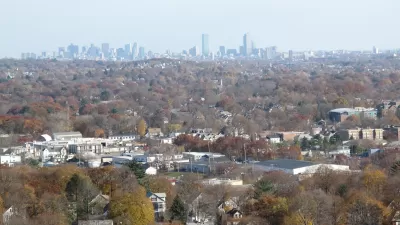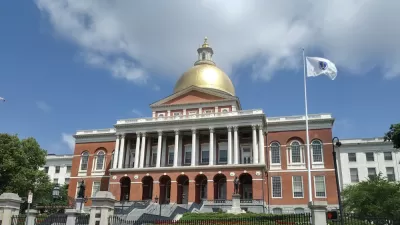Miriam Solis, of the University of Texas at Austin, writes about a recent article she authored in the Journal of Planning Education and Research.

Urban water infrastructure is falling into disrepair across the United States, as pipes and treatment plants near the end of their life cycles. Many cities are stepping up to this problem by developing expansive water infrastructure rebuilding plans. Among them is San Francisco, California, where water officials have begun to redevelop the city’s Southeast Treatment Plant (SEP). The SEP, which treats 80% of the city’s wastewater, is located in Bayview-Hunters Point, a historically Black neighborhood.
Wastewater treatment plants are among other locally unwanted land uses (LULUs)—including power plants and landfills—that are disproportionately sited in low-income communities of color. These features of the built environment create health and safety hazards for nearby residents, and they discourage local investment. As LULUs fall into disrepair, can planners redevelop them in ways that advance environmental justice and, if so, how?
My article in the Journal of Planning Education and Research (JPER) answers this question by examining the pursuit of environmental justice through a case study of SEP redevelopment. The article draws on LULU and environmental justice scholarship as lenses for understanding the conditions and consequences of the planning process. It builds on the idea that studies on LULU conflict often focus on siting processes, yet changing an existing LULU—an ELULU—implicates a different set of challenges.
I argue that planners can advance certain environmental justice outcomes through ELULU redevelopment. Examples include apprenticeship programs, contracts for minority-owned businesses, and grants for local community organizations. ELULUs can also be redesigned in ways that make the facility less of a burden and more of an amenity, through technological improvements and new public design features. In the case of the SEP, local residents’ organizing efforts were central to advancing these environmental justice pursuits. What followed was policy change and water officials’ reconceptualization of their role in the community.
However, the consequences of urban infrastructure rebuilding are at once fickle and stubborn. Gentrification—an occurrence in many U.S. cities, including San Francisco—means that residents who experienced an ELULU’s burdens may no longer live next to it by the time the environmental justice outcomes are pursued. At the same time, ELULU redevelopment represents the decision to not decentralize or relocate the unwanted land use, reinstating a familiar pattern of disparate siting.
Planners can strengthen their environmental justice efforts in two ways. First, they ought to consider ELULU relocation and decentralization options, resisting the tendency to presume that a facility must be redeveloped. Second, planners need to couple redevelopment, relocation, or decentralization with anti-displacement efforts. Both recommendations require that planners think more expansively about how to reshape the built environment in ways that redress historic injustices.

Maui's Vacation Rental Debate Turns Ugly
Verbal attacks, misinformation campaigns and fistfights plague a high-stakes debate to convert thousands of vacation rentals into long-term housing.

Planetizen Federal Action Tracker
A weekly monitor of how Trump’s orders and actions are impacting planners and planning in America.

In Urban Planning, AI Prompting Could be the New Design Thinking
Creativity has long been key to great urban design. What if we see AI as our new creative partner?

Florida Seniors Face Rising Homelessness Risk
High housing costs are pushing more seniors, many of them on a fixed income, into homelessness.

Massachusetts Budget Helps Close MBTA Budget Gap
The budget signed by Gov. Maura Healey includes $470 million in MBTA funding for the next fiscal year.

Milwaukee Launches Vision Zero Plan
Seven years after the city signed its Complete Streets Policy, the city is doubling down on its efforts to eliminate traffic deaths.
Urban Design for Planners 1: Software Tools
This six-course series explores essential urban design concepts using open source software and equips planners with the tools they need to participate fully in the urban design process.
Planning for Universal Design
Learn the tools for implementing Universal Design in planning regulations.
Gallatin County Department of Planning & Community Development
Heyer Gruel & Associates PA
JM Goldson LLC
City of Camden Redevelopment Agency
City of Astoria
Transportation Research & Education Center (TREC) at Portland State University
Jefferson Parish Government
Camden Redevelopment Agency
City of Claremont






























